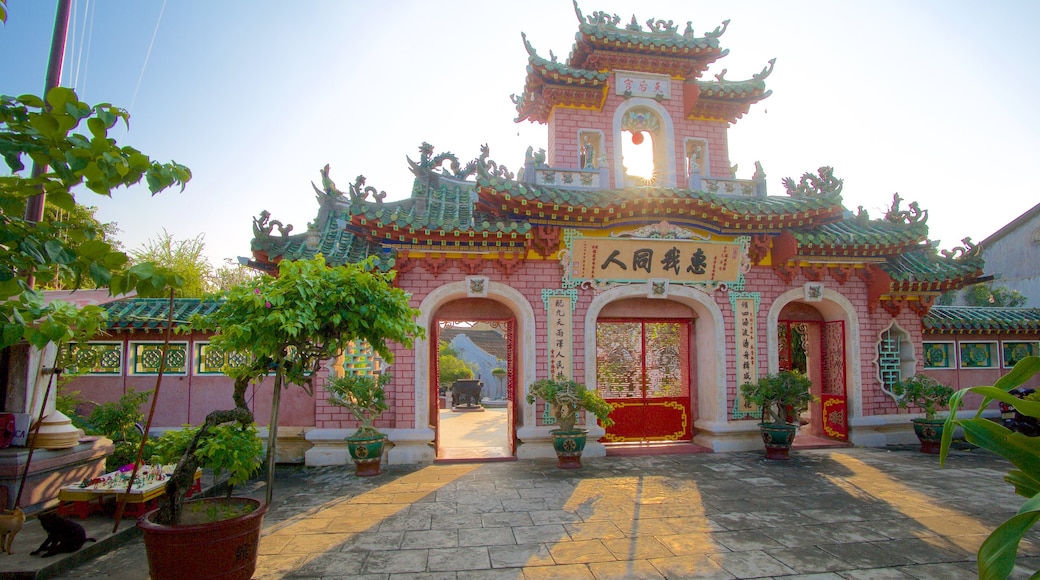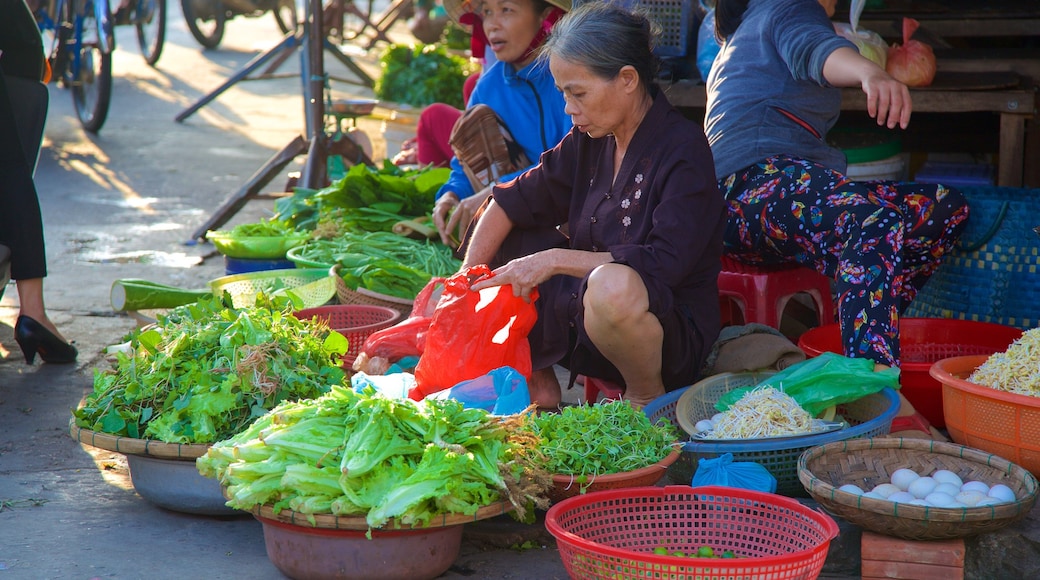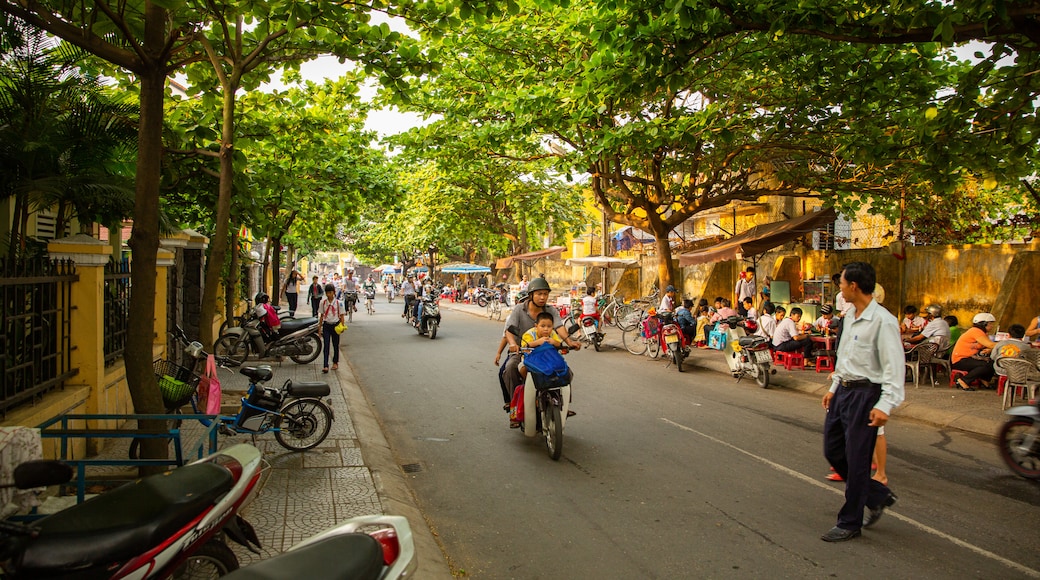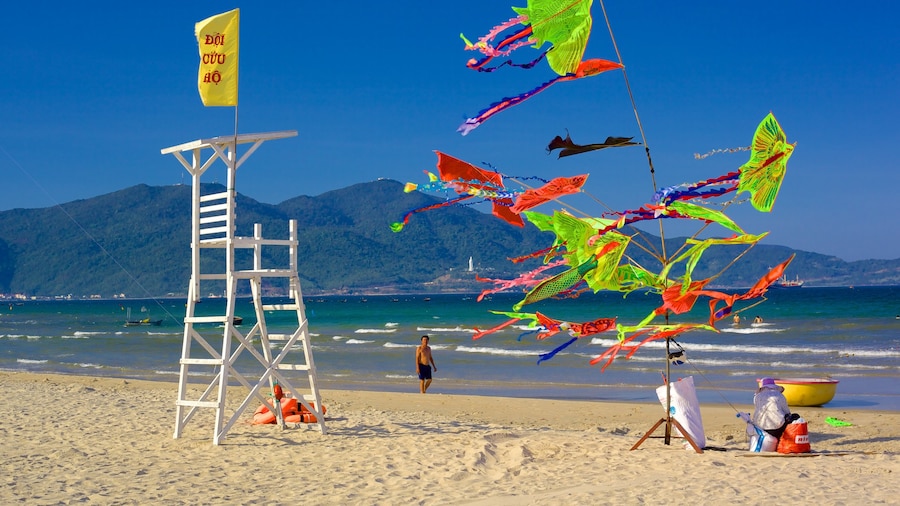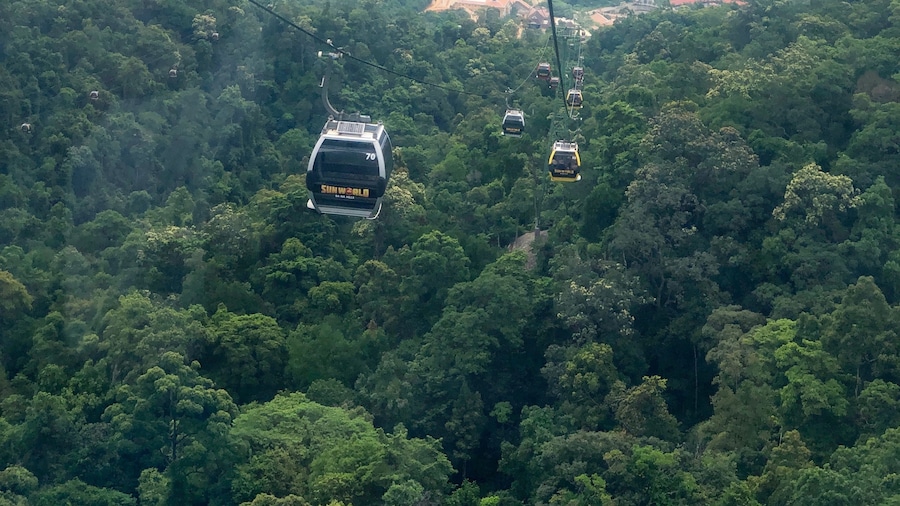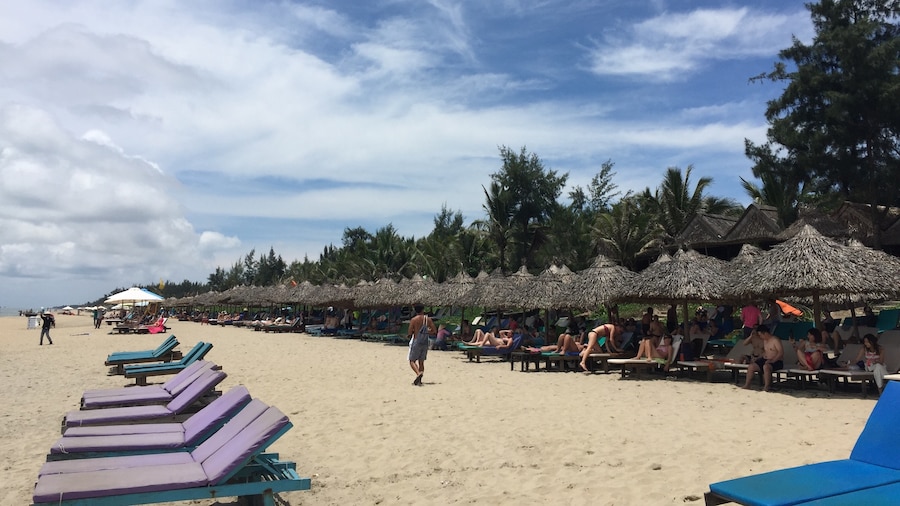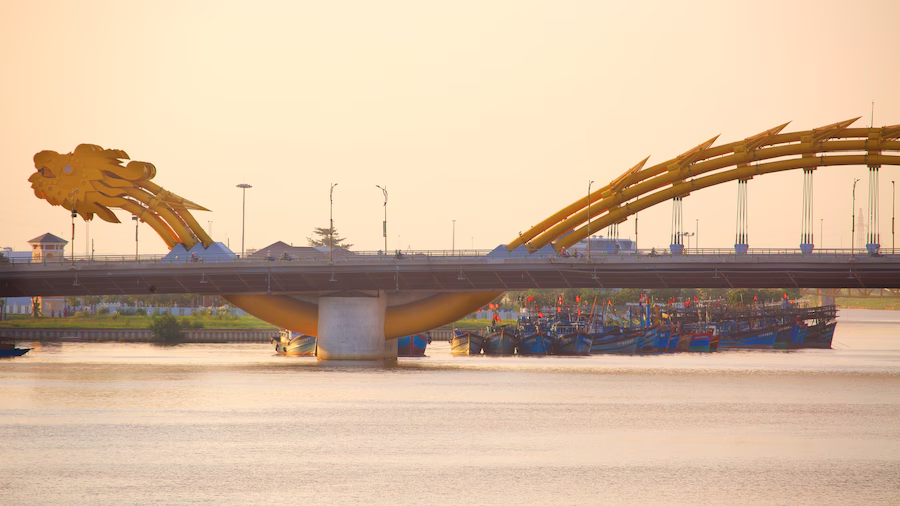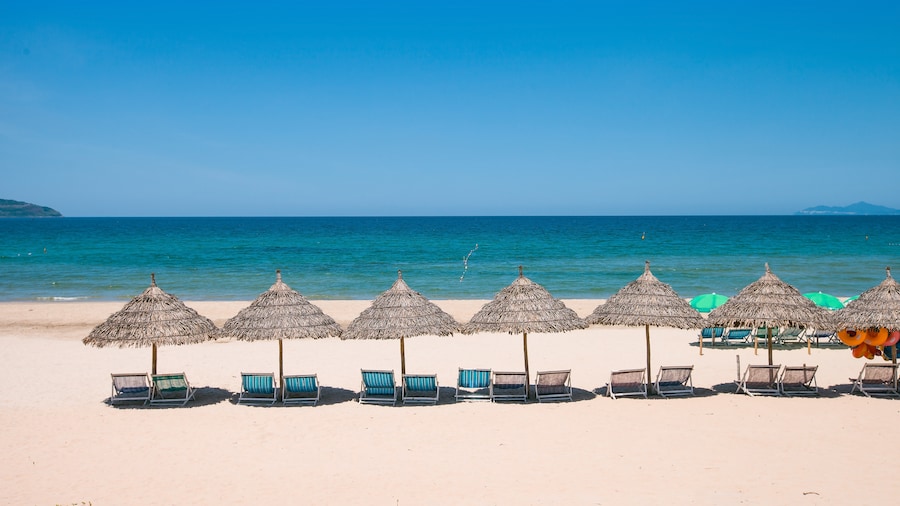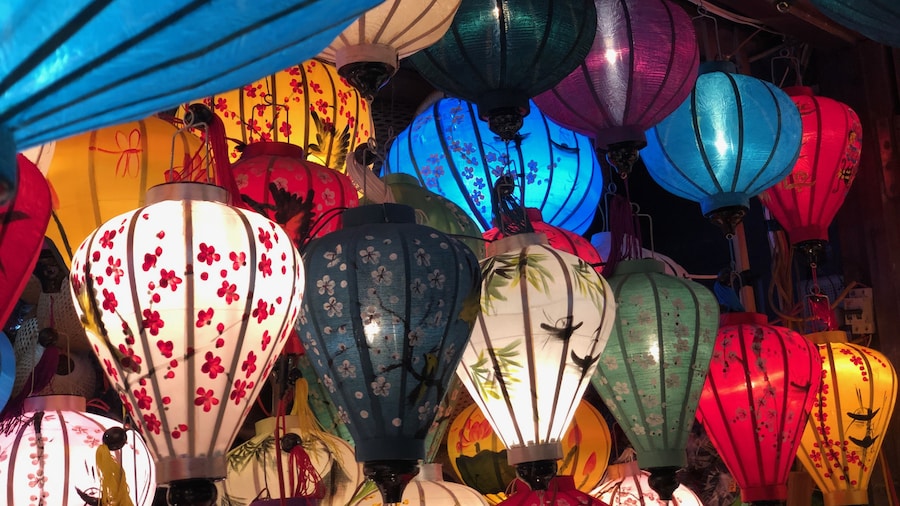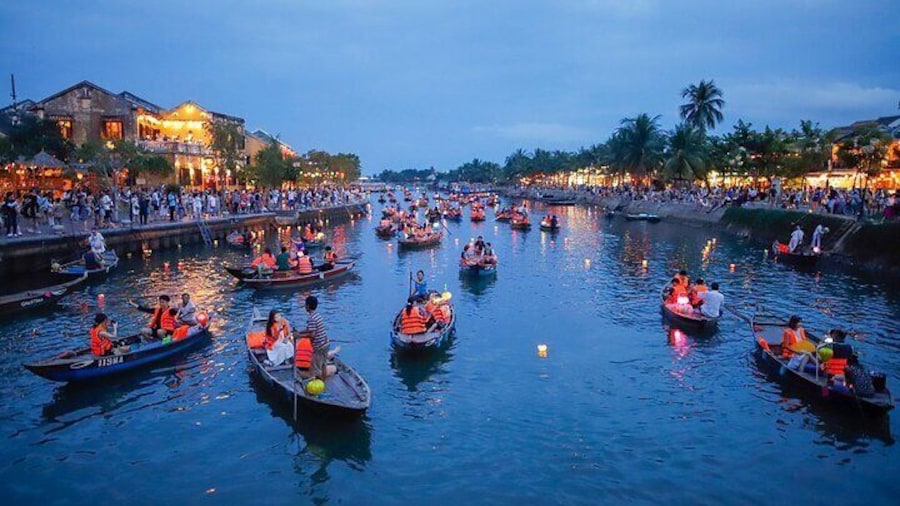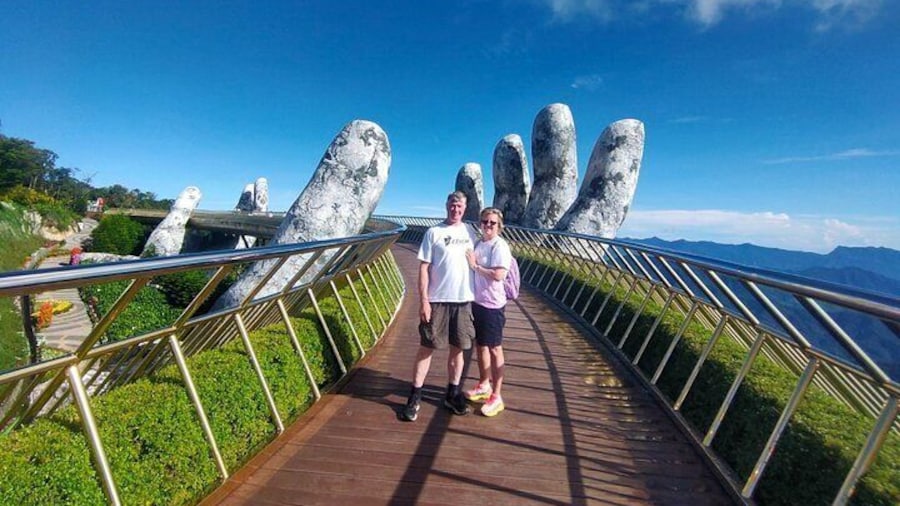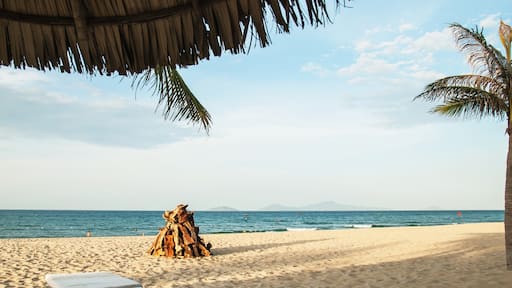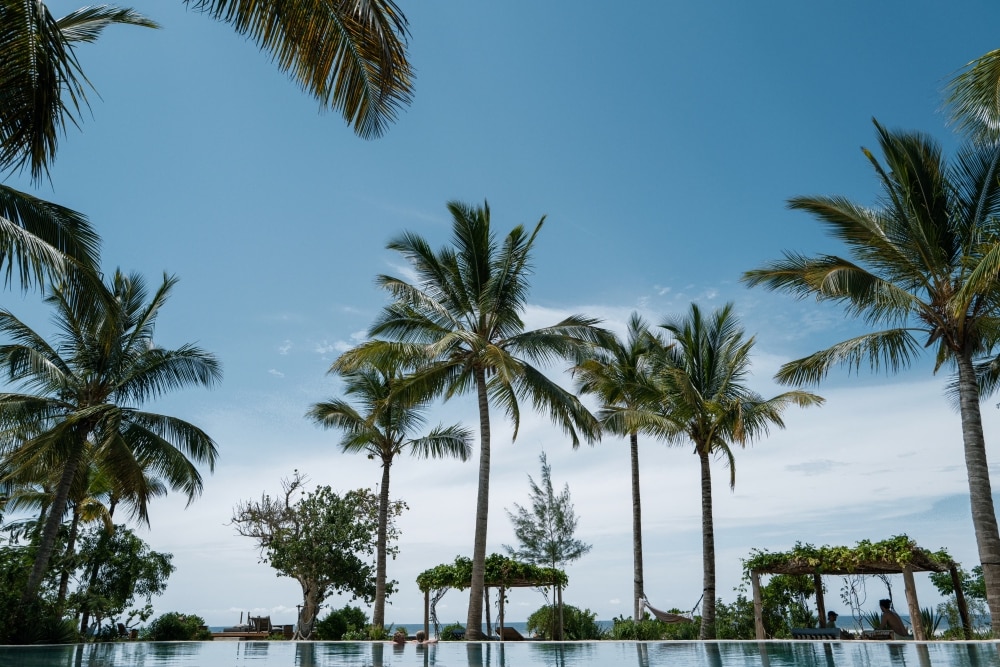Hoi An gives visitors a real glimpse of traditional Vietnamese life through its historic streets and ancient port.
Located 900 kilometres south of Hanoi, Hoi An is considerably less westernised than the rest of Vietnam and is a great spot to visit if you’re looking to delve a little deeper into the country’s history.Top of the “must-see” list is Hoi An Ancient Town. This ancient trading port has origins dating back in the 15th Century. Its atmosphere is vibrant and captivating with a plethora of narrow alleyways lined with rickety buildings. Fish traders have been coming here for centuries and can still be seen working from their boats on the dock. The Japanese Bridge in the Ancient Town is a reminder of the city’s multicultural history and pays homage to the skilled craftspeople who once lived here.This multicultural legacy continues with the Chinese Quan Cong Temple, an elaborate shrine dedicated to a great military general. Inside you’ll find gilt statues and incandescent tiles accompanied by the familiar heady scent of burning incense.Hoi An is probably best explored on foot or hiring a bike is another good option. Bikes are cheap to rent, and worth it if you’re considering a daytrip out to the surrounding countryside or the coast. If you choose to stay in the city, head down to the ancient docks and onto the Central Market, which has all the atmosphere of a traditional Vietnamese market. For a welcome distraction from the city, go to Cua Dai Beach, a beautiful stretch of palm-fringed golden sand leading onto the ocean. Here, there are plenty of good restaurants and eateries. From Cua Dai Beach you can also catch a boat to the protected marine life and forests of the nearby Cham Islands. Hoi An has a tropical climate and feels pretty hot all year round. Bear in mind that the monsoon sweeps through the area between September and January, with a lot of rainfall particularly during October and November.

